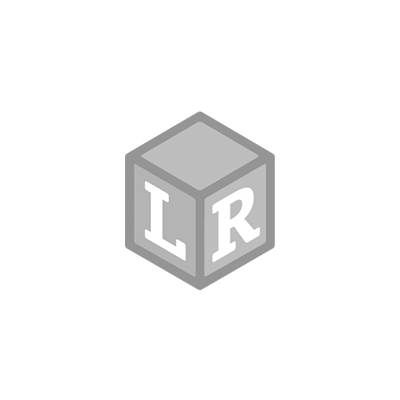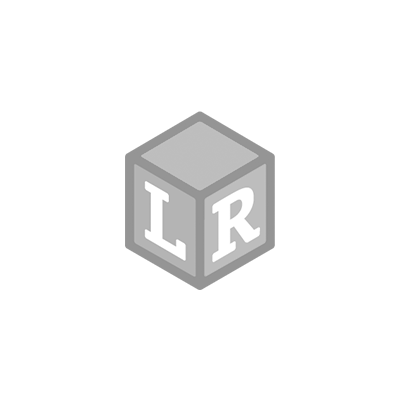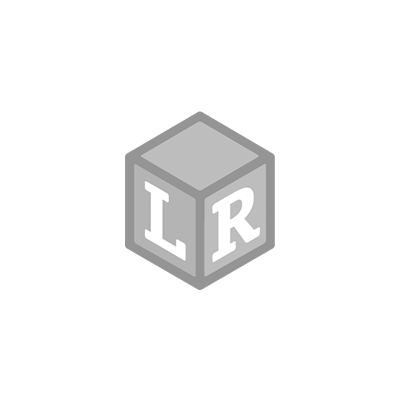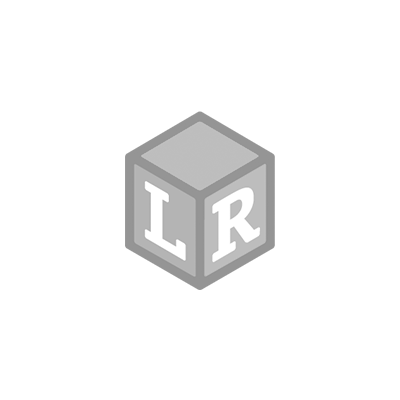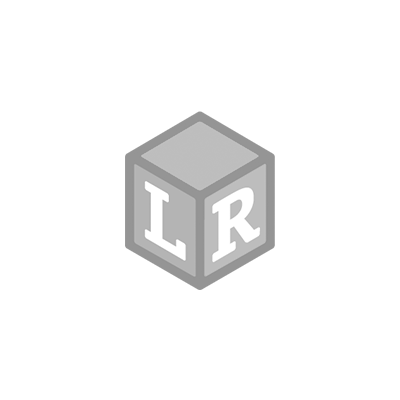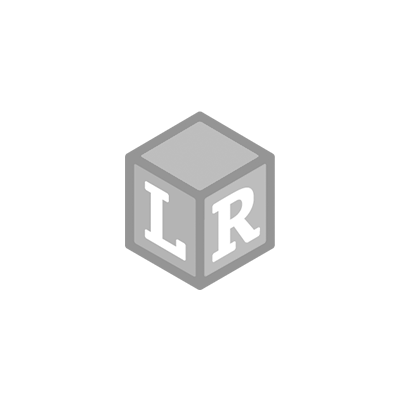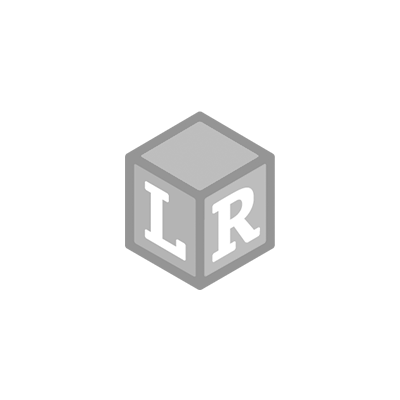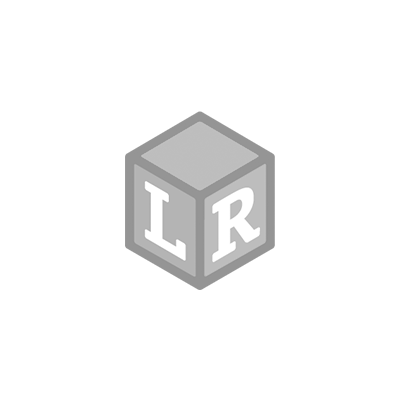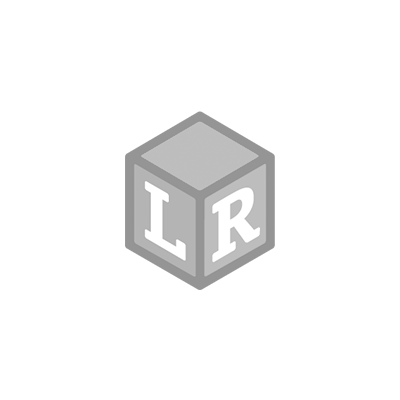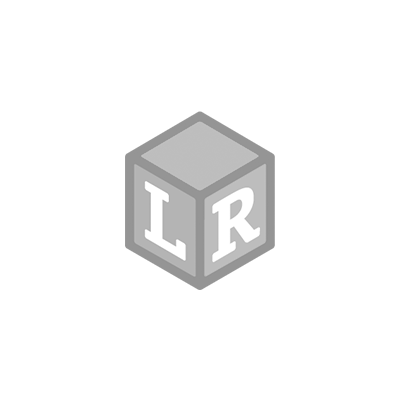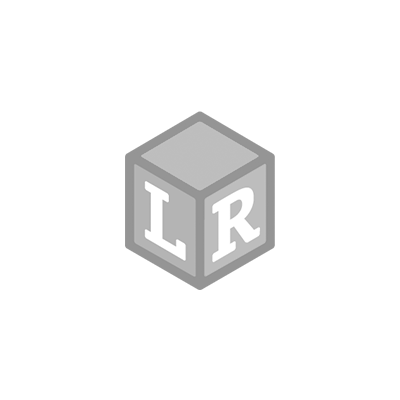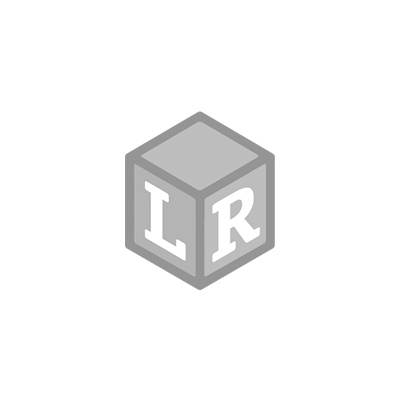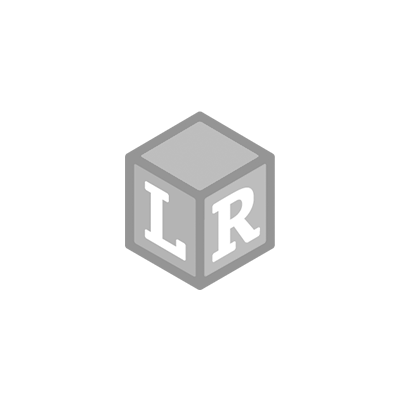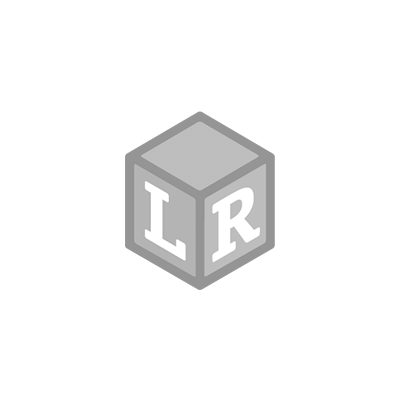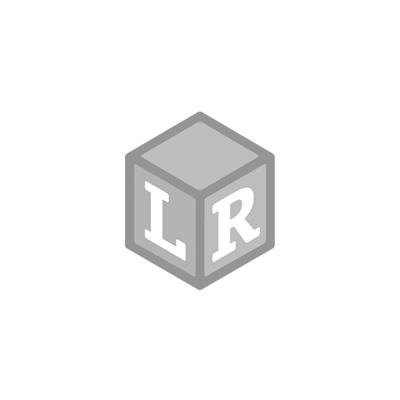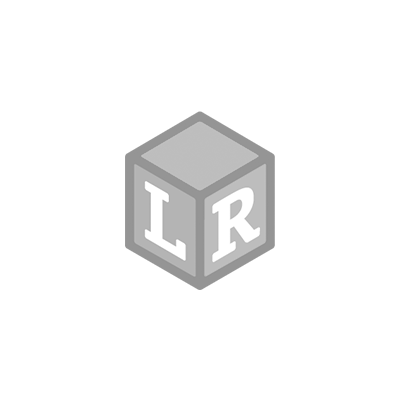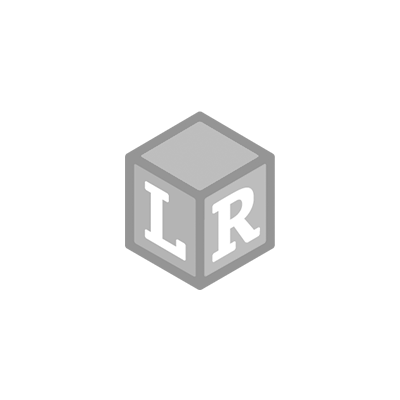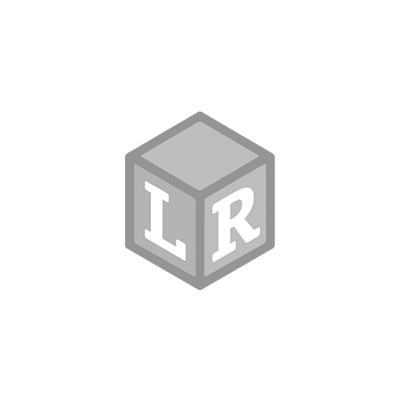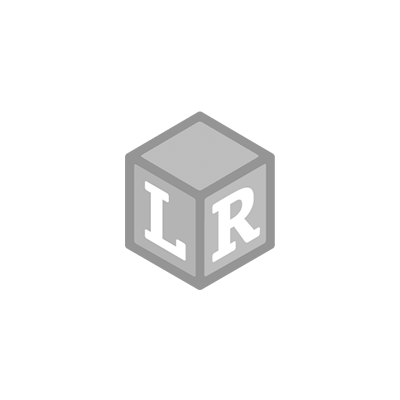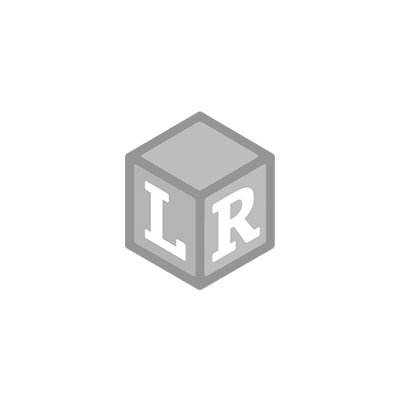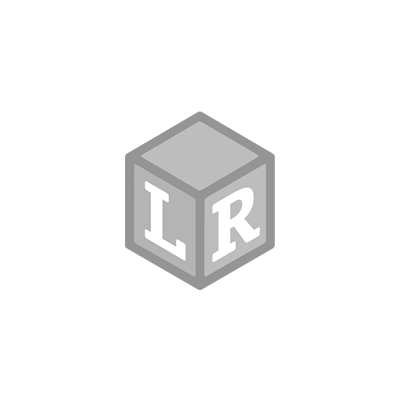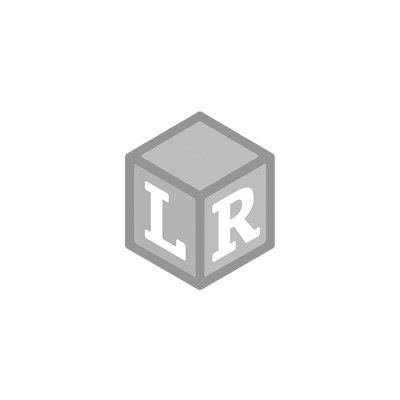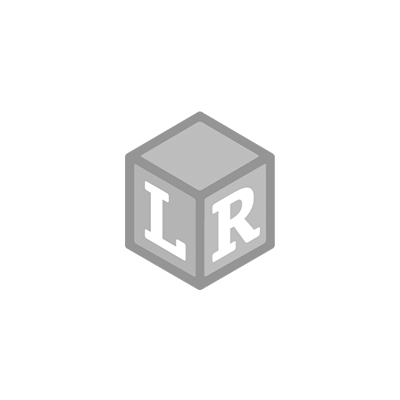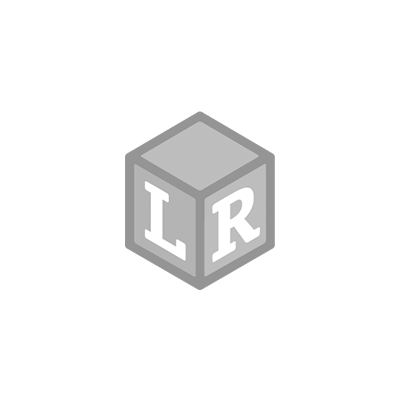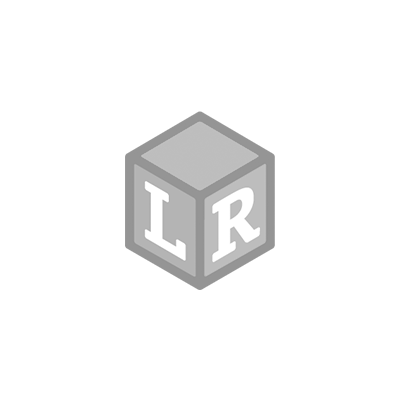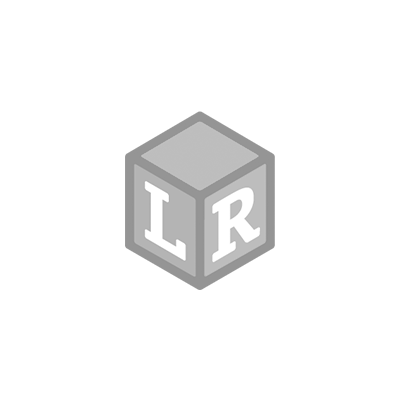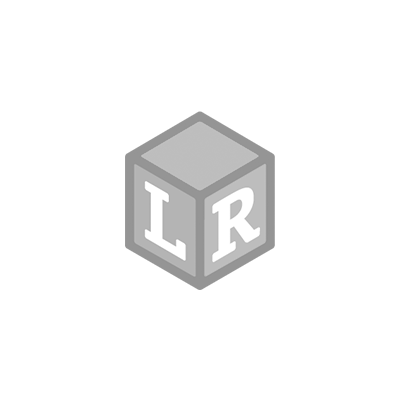Learn to Love Math - 10 Tasty Valentine’s Day Activities
- Gabrielle Fischer Posted On Jan 3, 2023 | Math
There are so many things to love on Valentine’s Day…including math! Turn all those tasty Valentine’s treats into a fun math lesson and help your kids practice sorting, matching, adding, subtracting, graphing, and more!
- Candy Heart Estimation
Dump a box of candy hearts into a bowl. Ask your mini mathematician to guess how many hearts they think are there.

2. Candy Heart Count Out Loud
Count the hearts out together, one by one, and see how close your child’s guess was.

3. Candy Heart Color Sort
Ask your little one to sort the hearts out into piles by color. Have them estimate how many pink hearts there are, then count them out together. Try another color, keeping the last correct number in mind, and see if your little one can get closer. Note each correct answer on a sheet of paper.

4. Candy Heart Bar Graph
Now that your hearts are sorted by color and each pile is counted, create an easy bar graph! List the colors on the bottom and the numbers along the side and have your kiddo color each bar to match the number you counted.

5. Candy Hearts Greater Than
Looking at your sorted colors, totals, and bar graph, ask your little one which pile is the biggest. Then ask which is the smallest. Now try asking whether you have more of one color than another.

6. Skittles Shapes
Draw a circle, square, and triangle on a sheet of paper. Then have your candy-loving kiddo place Skittles or colored M & Ms along the lines to trace the shapes. Next, see if your little one can create the shapes on their own, without your drawings to trace.

7. Skittles Patterns
Create a simple pattern out of differently colored Skittles, then see if your child can copy the pattern on their own. Start with a simple alternating pattern, then try something trickier.

8. Skittles Addition
Create your own mouth-watering worksheet by drawing five large circles on a sheet of paper and adding small squares at the bottom of each. Write the name of a Skittle color in each, then place a few of each color in the appropriate circle. Have your kiddo count them up and write the total in each box. Next, challenge them to add one color to another, recounting as a total if need be.

9. Skittles Fair Shares
Count your pile of Skittles, then write down the total. Introduce simple division by asking your child to divvy up their pile of Skittles among the two of you, handing one to you, then one to themselves, until the pile is gone (if you have any uneven leftovers, eat them!). Then count your piles. That total is the total number of Skittles, divided by two! Gather them all up again, then divvy them again, among a few stuffed animals.
10. Candy Construction
Keep the candy learning going all year long, with Learning Resources’ Candy Construction! Kids use candy-shaped pieces to build everything from a Sweet Swing to a Candy Cottage and more, practicing important math and STEM skills along the way! Making math fun by incorporating it into everyday activities (and including tasty treats) is a great way to build your kids’ math confidence, which will serve them well at school. These activities are also a wonderful way to build the foundational math skills kids will need to succeed. Explore more ways to count numbers with Learning resources numbers and counting toys!


 Shop UK Site
Shop UK Site 
